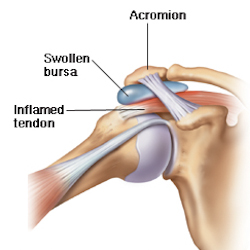Differential Diagnosis I : Tendonitis
Inflammation of the tendons that typically affects the shoulder (rotator cuff), hip, heel, and hamstring. Tendonitis can be cause by overuse or traumatic injury to the joints, etc. Tendonitis can lead to other diseases of the joints such as bursitis (Sommers, 2019). The patient commonly experiences pain from work related stress therefore, it is unlikely that he is developing tendonitis.
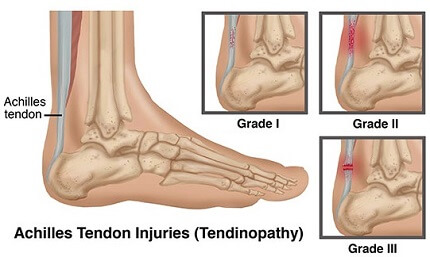
Figure 1. Achilles Tendon Injuries (Tendinopathy). (Chloe Wilson, 2019)
Figure 2. Shoulder tendinitis. (Cleveland Clinic, 2019)
Differential Diagnosis II : Septic Arthritis
Disease caused by the colonization of bacteria in the joint space. The incidence of septic arthritis is seen higher in there elderly and in adolescents. Common pathogens include Staphylococcus aureus and Neisseria gonorrhoea (Golding, Baldor, & Domino, 2019). A synovial fluid analysis is the primary diagnostic measure that determines polymorphonuclear leukocytes and the pathogen causing the disease.
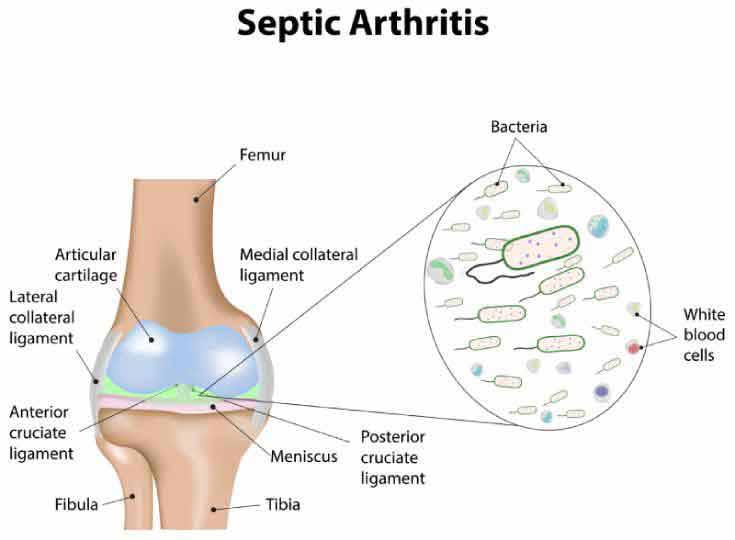

Figure 3. Septic Arthritis. (Melissa Feldman, 2019
Figure 4. Septic Arthritis. (Joseph Bernstein, 2014)
Differential Diagnosis III : Pseudogout
Characterized by the presence of calcium pyrophosphate dihydrate (CPPD) crystal deposition between the joints. Diagnosis requires the presence of CPPD in the synovial fluid. Monosodium urate crystal deposition is associated with gout (Golding, Baldor, & Domino, 2019).
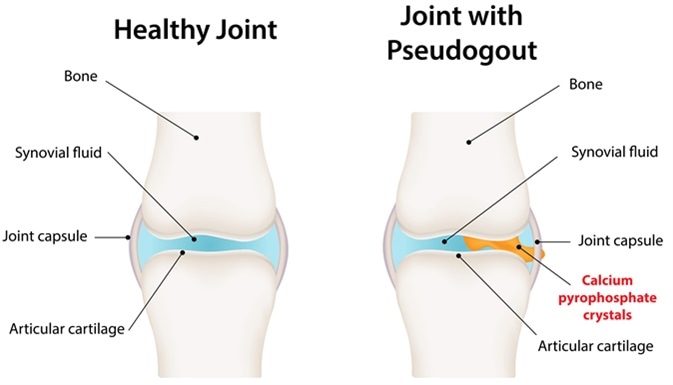
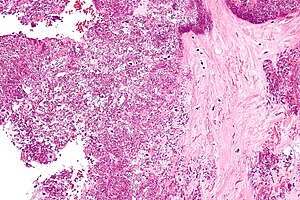
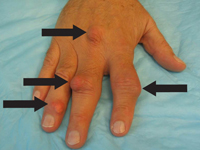
Figure 5. Joint with Pseudogout. (Lois Zoppi, 2019)
Figure 6. Micrograph showing crystal deposition in an intervertebral disc. (Wikipedia, 2019)
Figure 7. Disease Management. (Feyrouz Al-Ashkar, MD, 2016)
